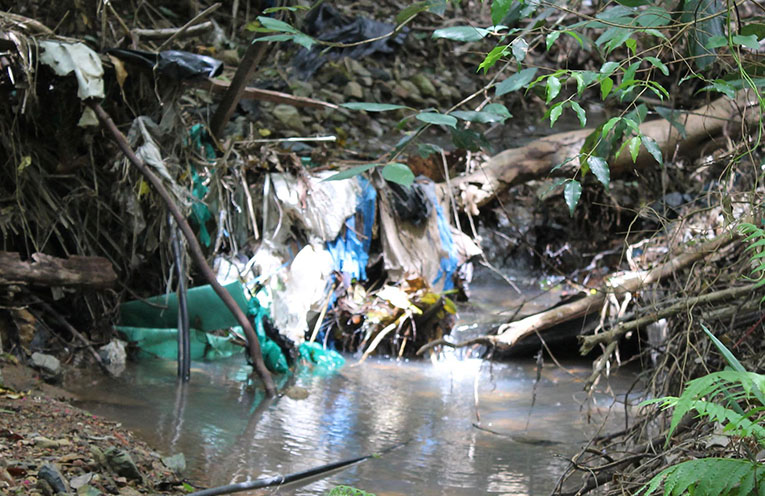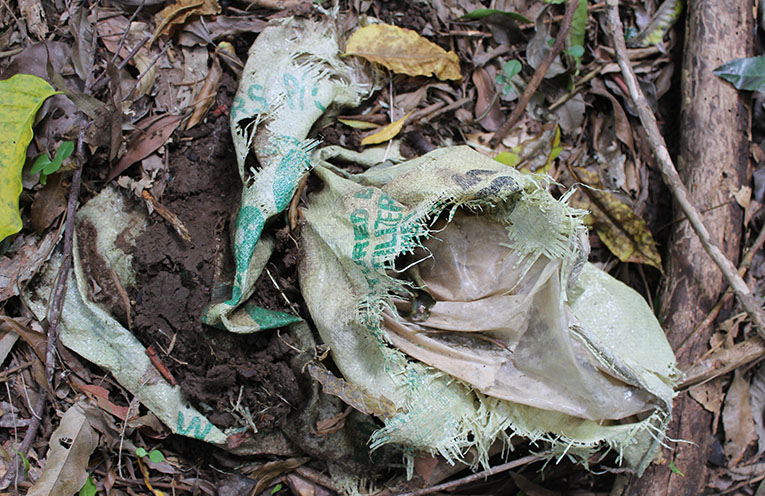
MEMBERS of the Hearnes Lake Catchment Management Group, under the auspices of the Sandy Beach Action Group (SANDBAG), have found evidence of toxic chemicals at unsafe levels in waterways leading into Hearnes Lake, Woolgoolga.
The Group used a $9,000 Council Environmental Levy grant to collect water samples from waterways flowing into Hearnes Lake and test them.
 Advertise with News of The Area today.
Advertise with News of The Area today.It’s worth it for your business.
Message us.
Phone us – (02) 4981 8882.
Email us – media@newsofthearea.com.au
Water quality expert and project coordinator, Maxine Rowley, warned that the community should be aware of the risks from the cocktail of agricultural chemicals detected by the Group.
Samples were collected during rainfall events around times when spraying was conducted on nearby farms, and included a highly-toxic insecticide, Methomyl, which may present a hazard to humans and animals.
SANDBAG President, Dr Peter Quiddington said, “We have to follow strict protocols when collecting samples to prevent contamination.”
This includes using gloves and clean containers and keeping the samples cool before getting them quickly to Sydney for testing.
As well as the invisible pollution, the Group found extensive plastics waste along the waterways.
Dr Quiddington said there is clear evidence of a complete disregard for the environment.
The group found fertiliser bags, trays and all kinds of plastics and netting commonly used on blueberry farms discarded, and most was clearly not from occasional mishaps or accidents.
He said that examination of the debris indicates “environmental vandalism on an industrial scale”.
The Group found layers of plastic residue embedded in the banks and foliage which is slowly breaking down and adding to the toxic mix of chemical and micro-plastic pollution finding its way into Hearnes Lake, and further down into the waters of the Solitary Islands Marine Park.
Dr Quiddington said that local residents and visitors to these areas are rightly outraged at this state of affairs, and “are tired of the tokenistic bandaid solutions that are being offered to solve the problem”.
The water sampling results follow on from a fish kill in Hearnes Lake in 2018 linked to the agricultural chemical and nerve toxin Chlorpyrifos.
Extensive research, conducted by Southern Cross University (SCU), showed that agricultural pollution from fertilizer in Hearnes Lake ranks as among the worst in the world and sediment sampling by SCU detected levels of arsenic that exceeded accepted guidelines.
Dr Quiddington said the next step is to begin to identify the origin of the toxic chemicals and, in the meantime, waters of Hearnes Lake should be avoided until it is established the contamination is no longer occurring.
By Andrew VIVIAN

